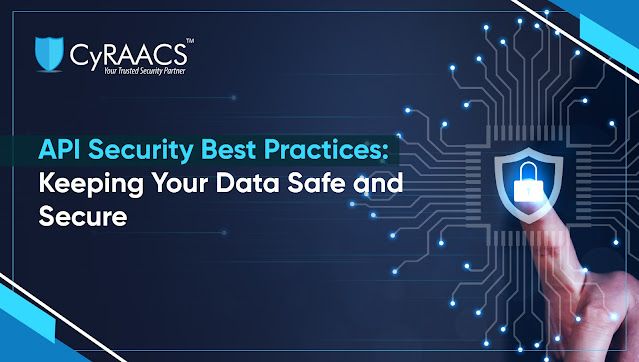How to protect your startup Business against cyber attacks?

In today's digital age, the success of a startup business often depends on its ability to leverage technology. While technology can significantly enhance productivity and growth, it also exposes businesses to cybersecurity risks. Cyberattacks on startups can be devastating, leading to data breaches, financial losses, and damage to reputation. Therefore, it's crucial for startups to prioritize cybersecurity from the very beginning. In this comprehensive guide, we'll explore effective strategies to protect your startup business against cyberattacks. 1. Understand the Threat Landscape To defend against cyberattacks, you must first understand the threat landscape. Cyber threats are constantly evolving, and staying informed about the latest trends and attack techniques is essential. Some common cyber threats to be aware of include: Phishing Attacks: These involve tricking individuals into revealing sensitive information, such as login credentials or financial data, through dec...
